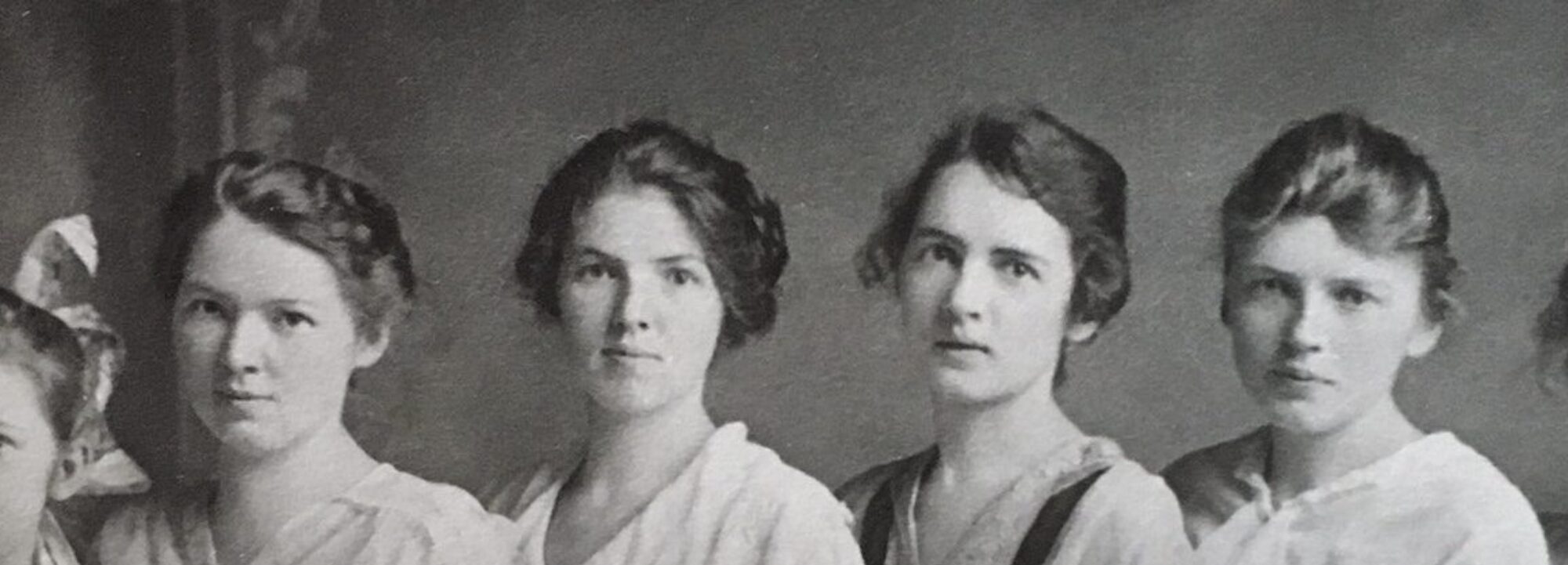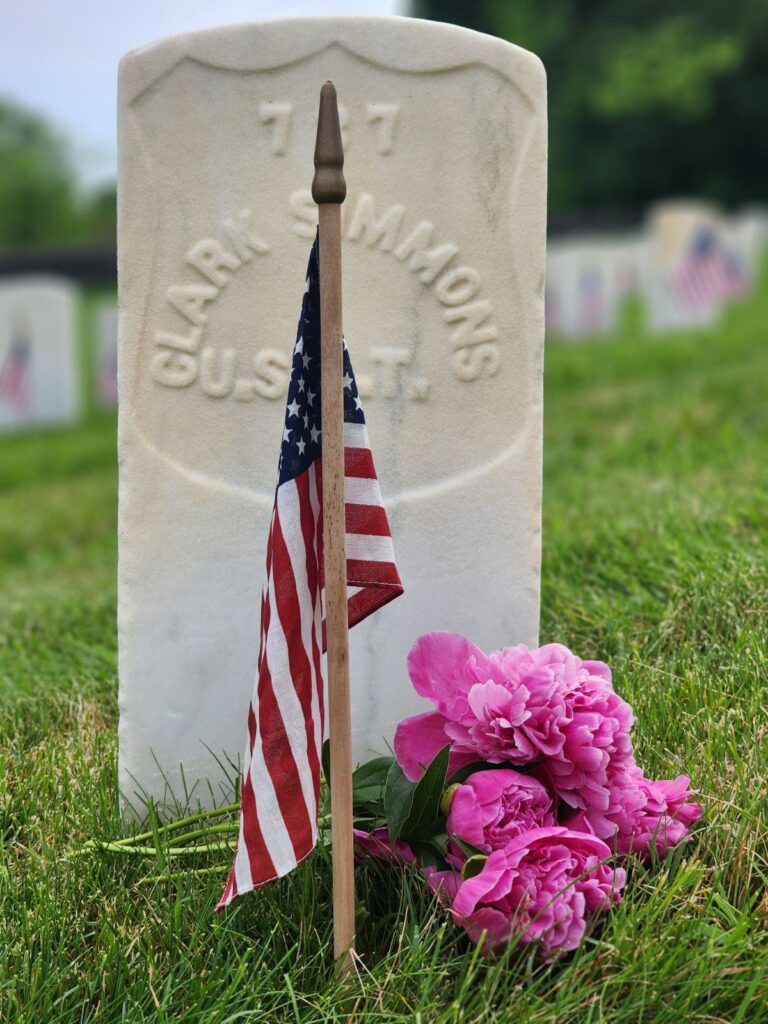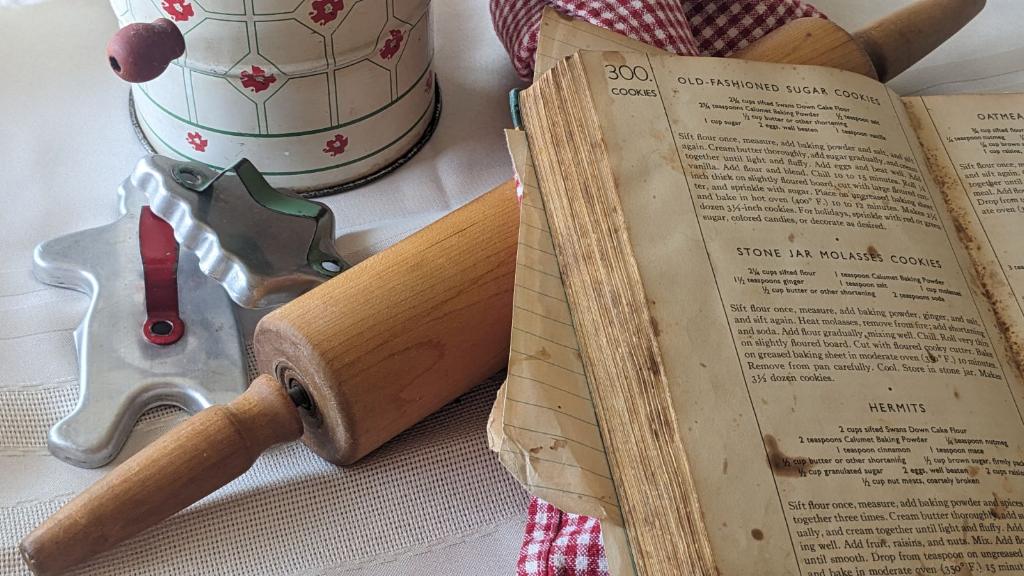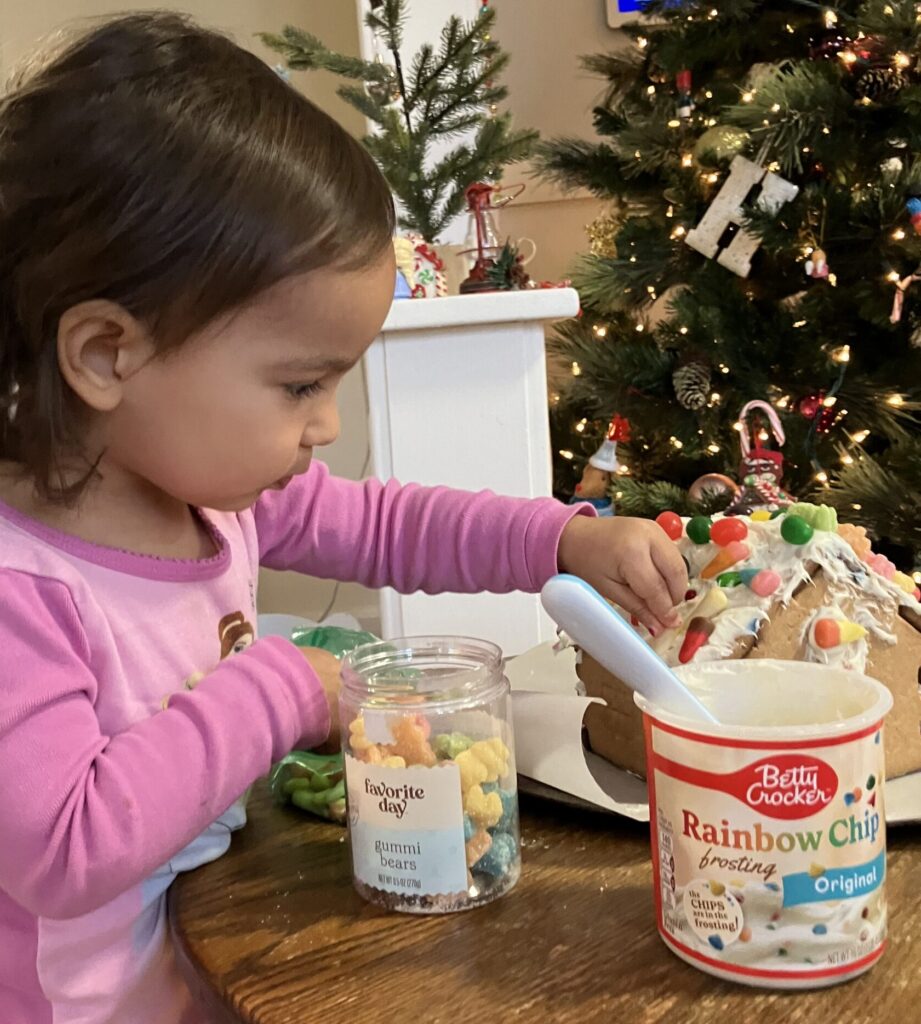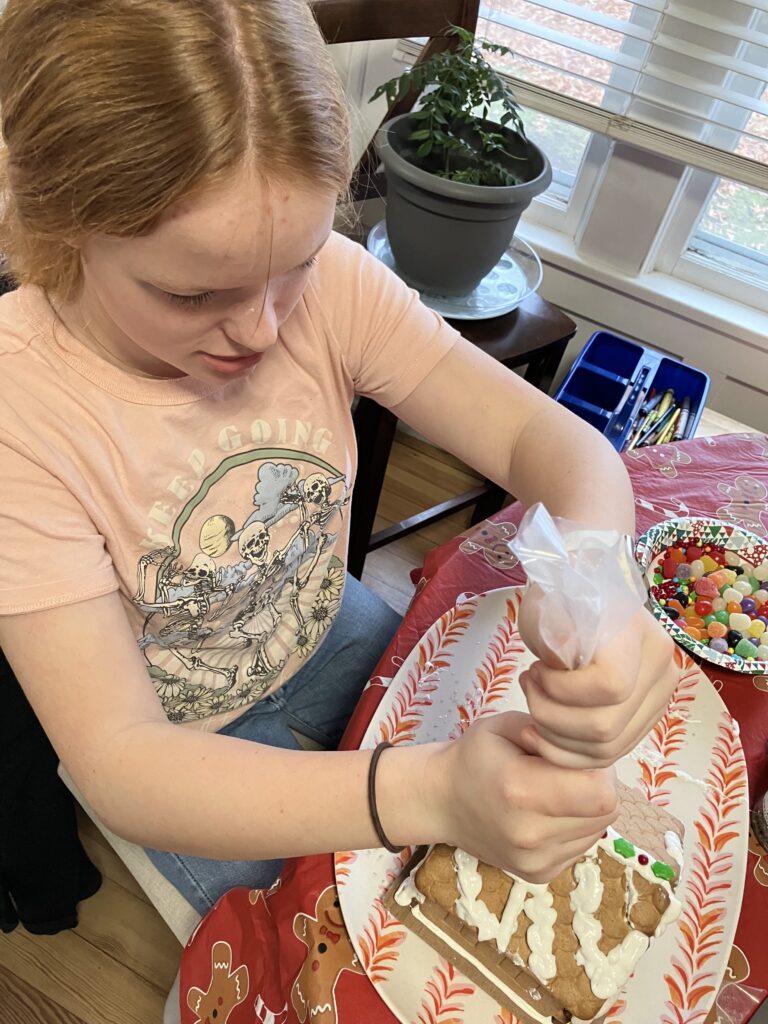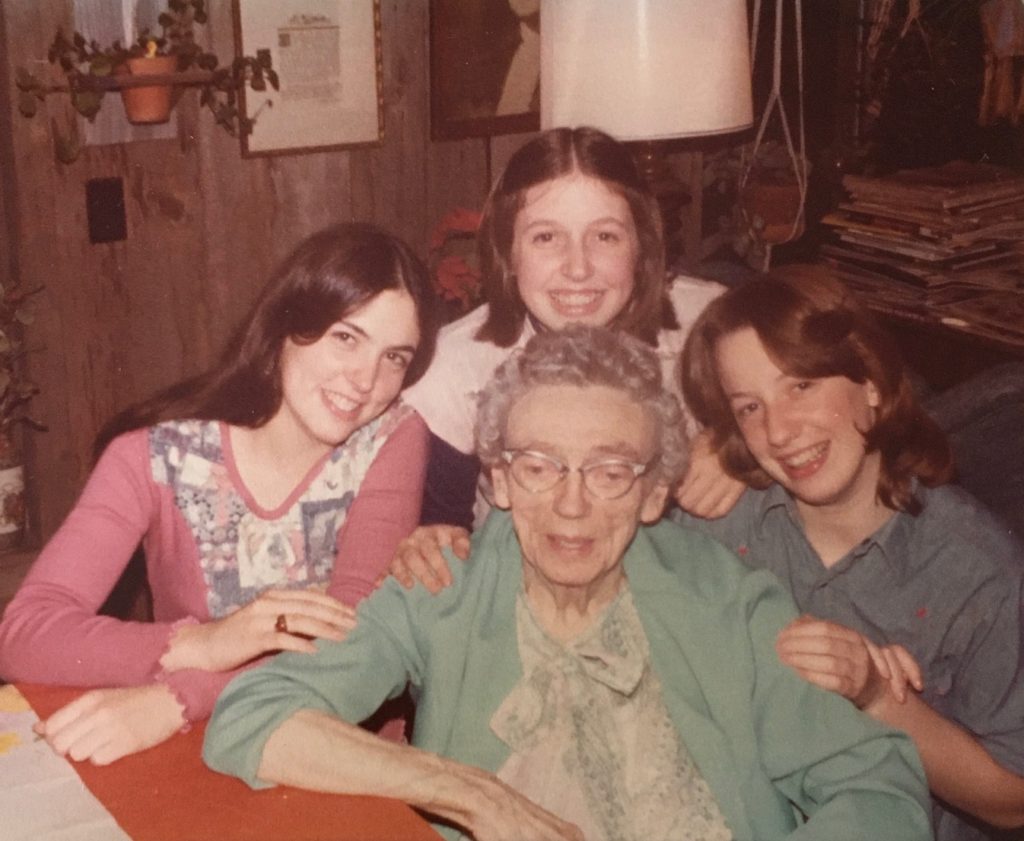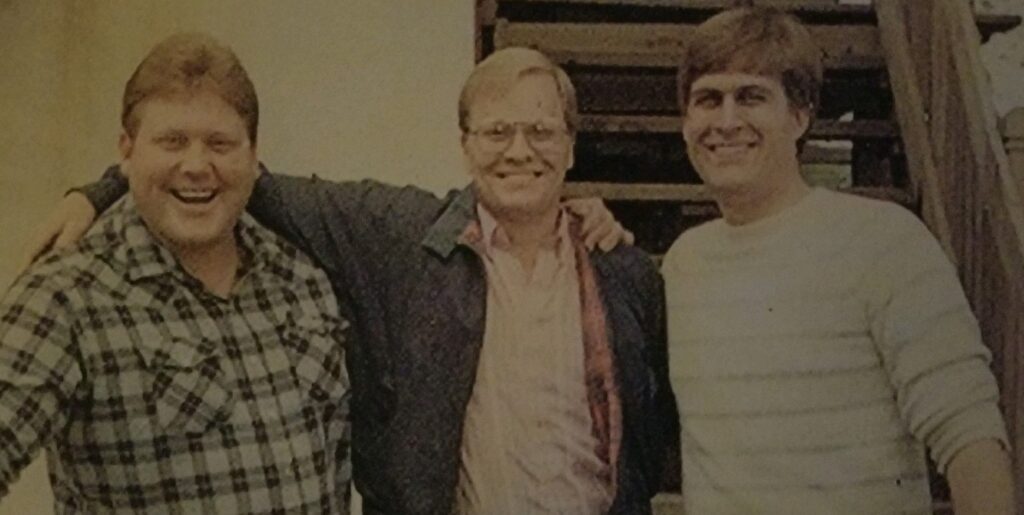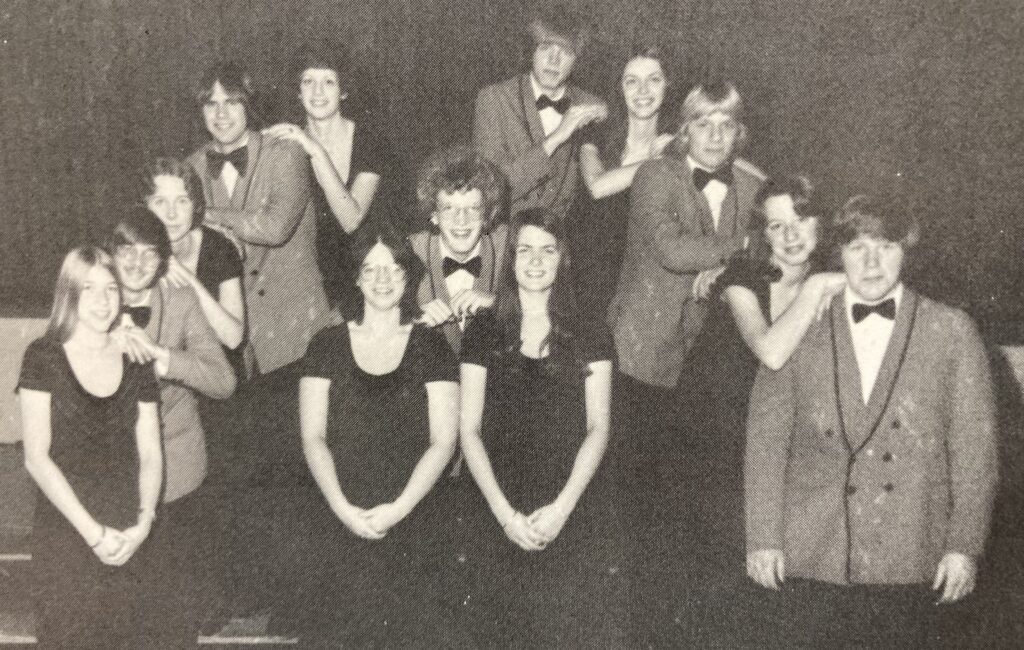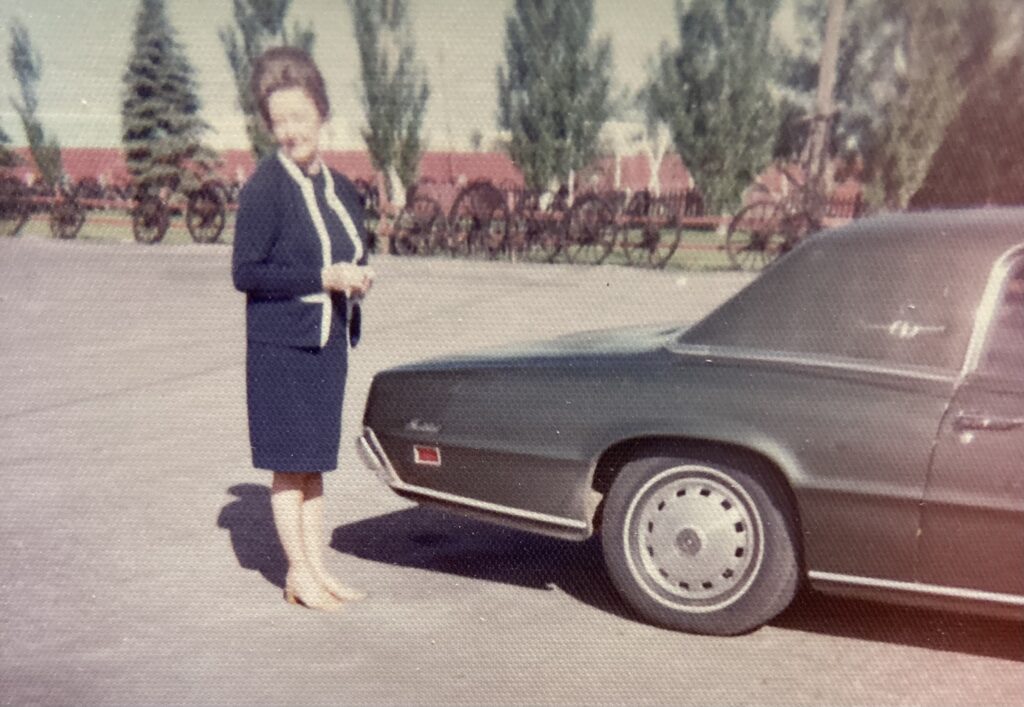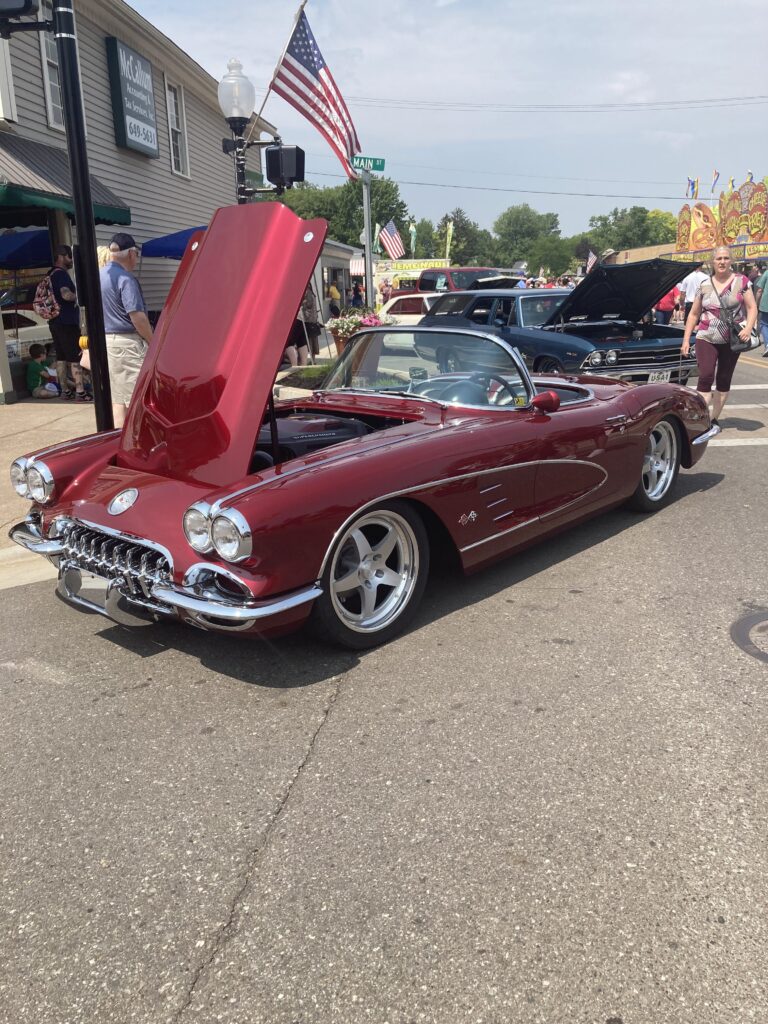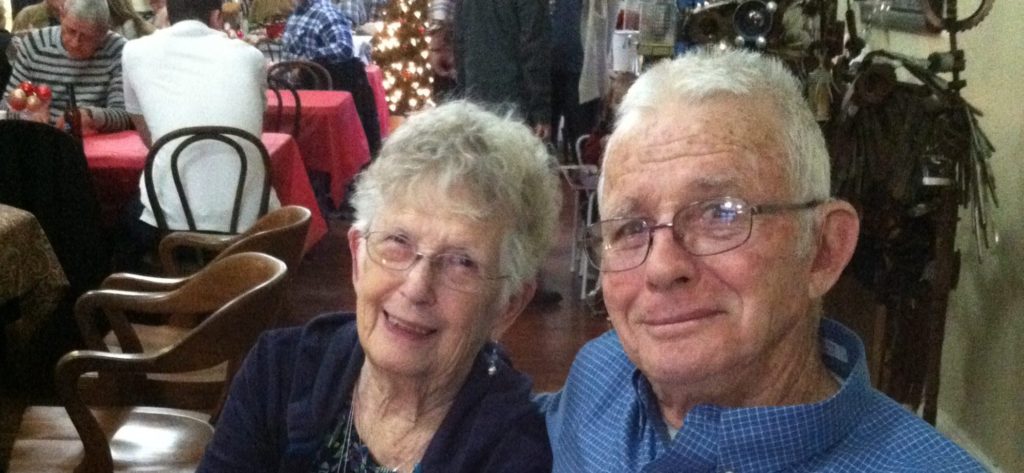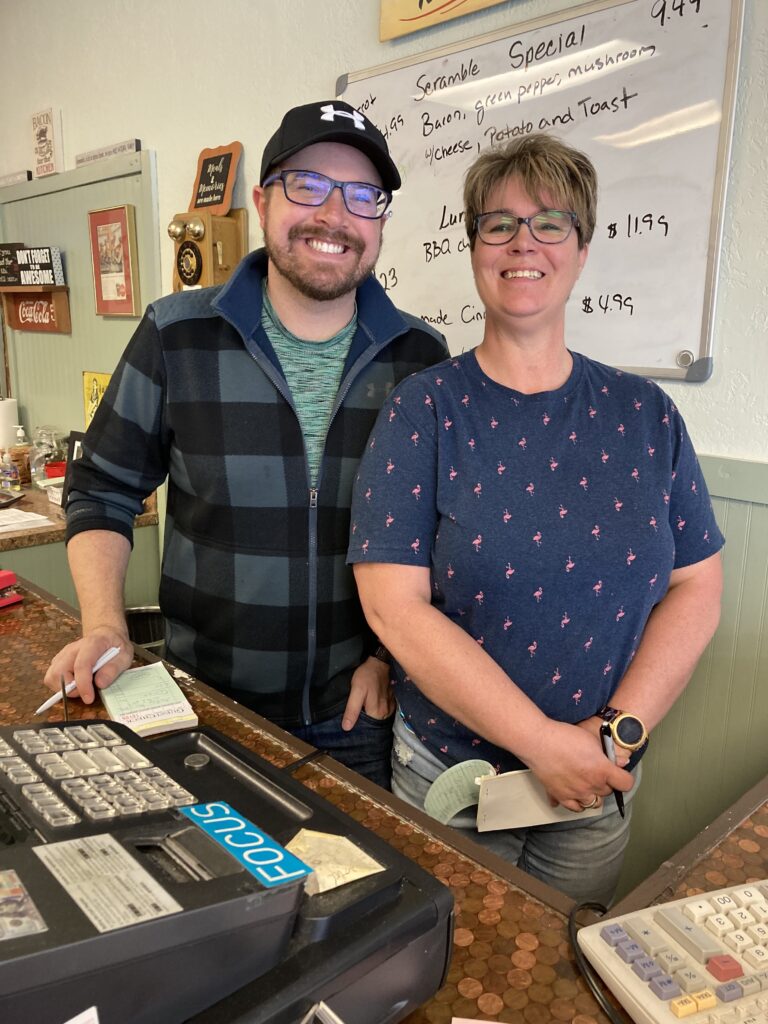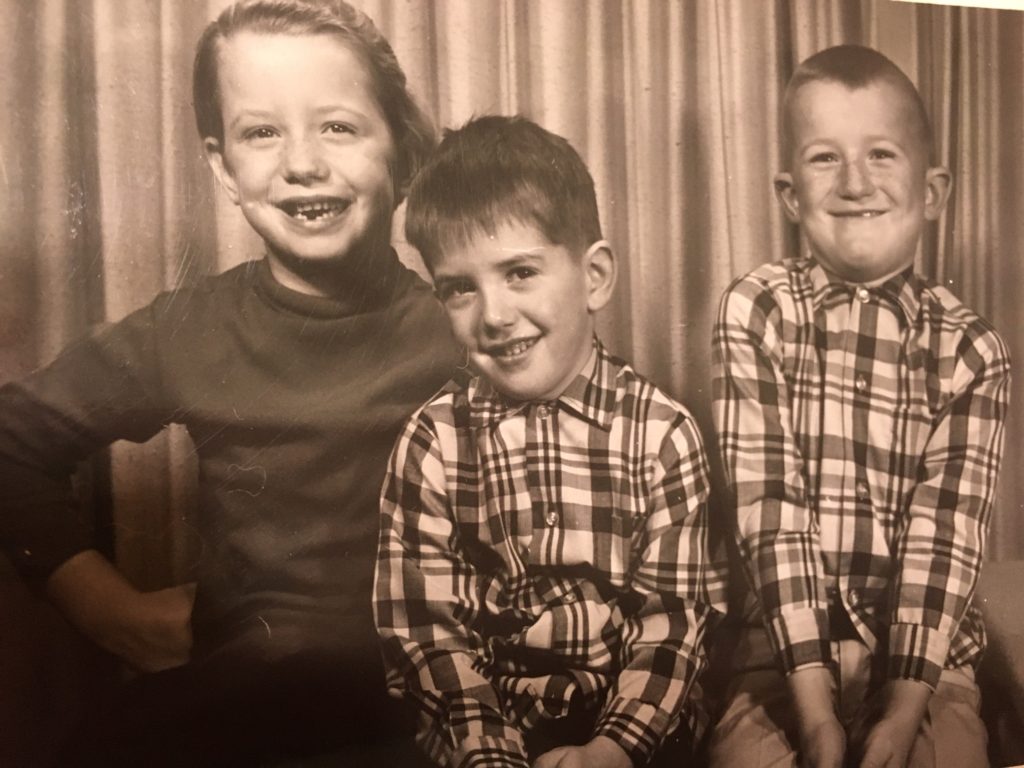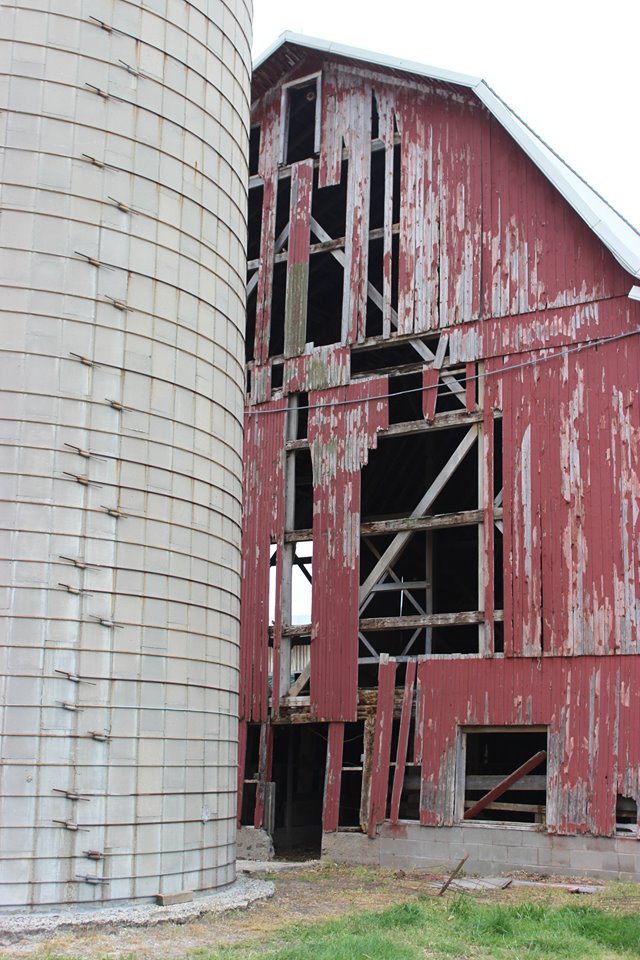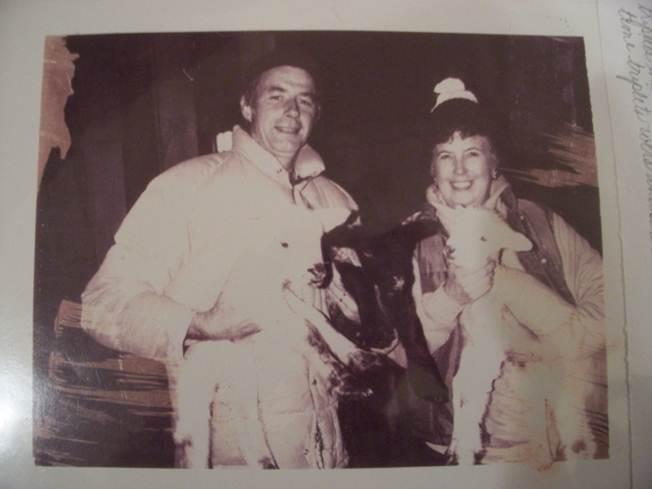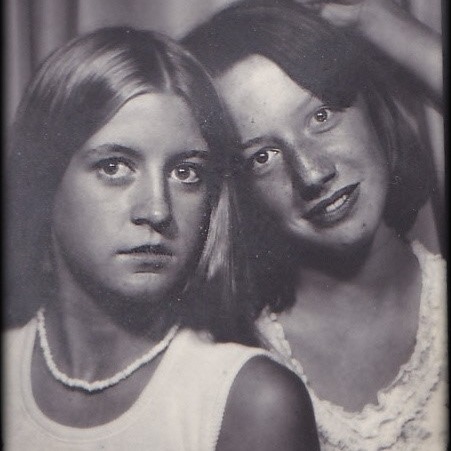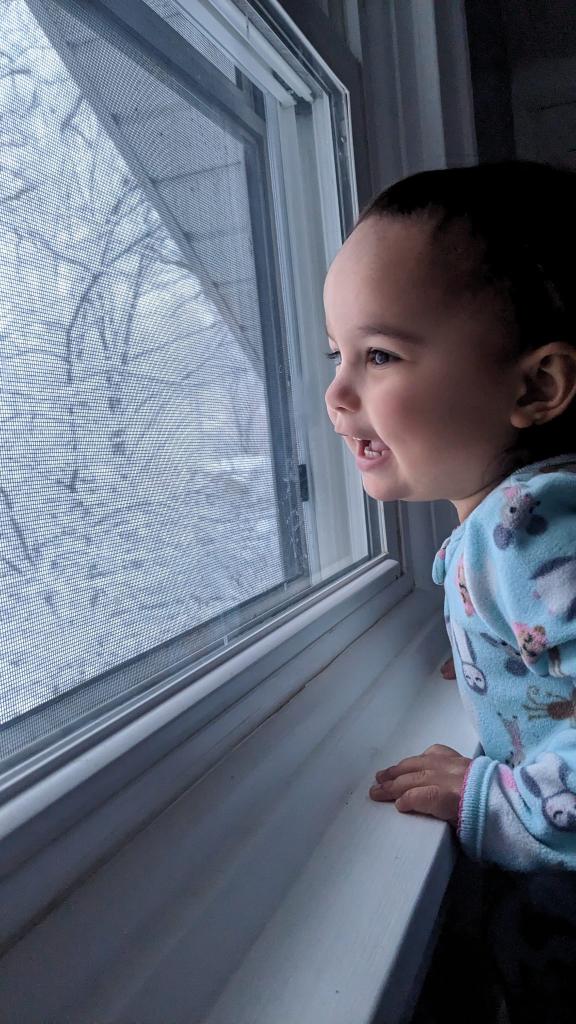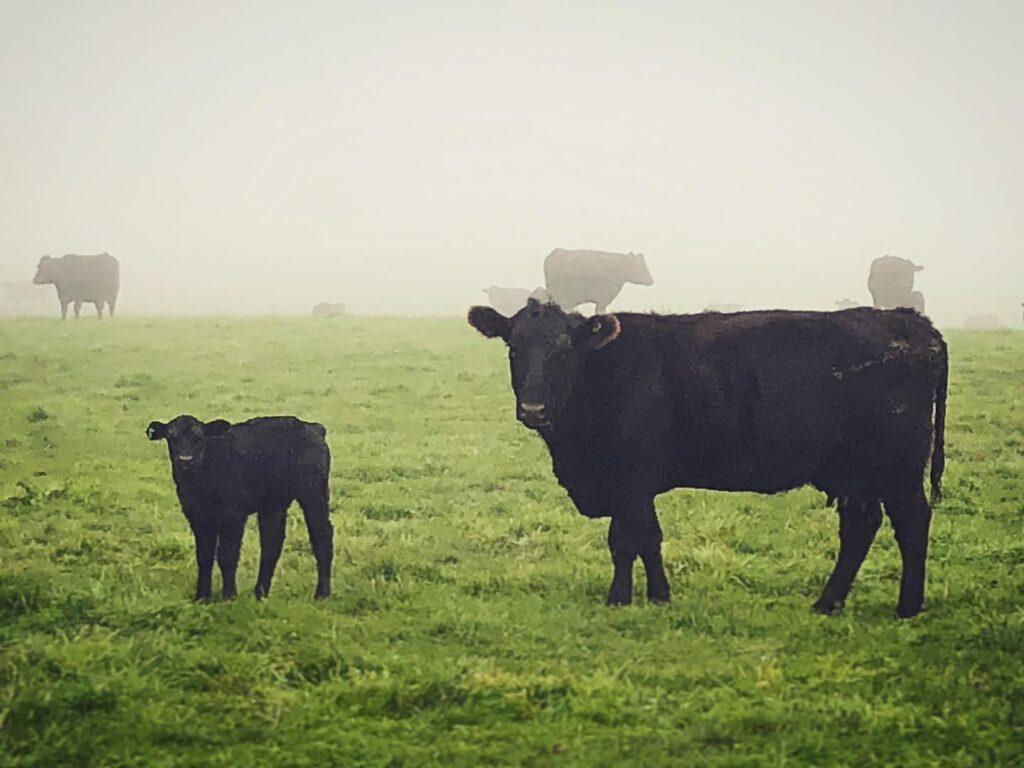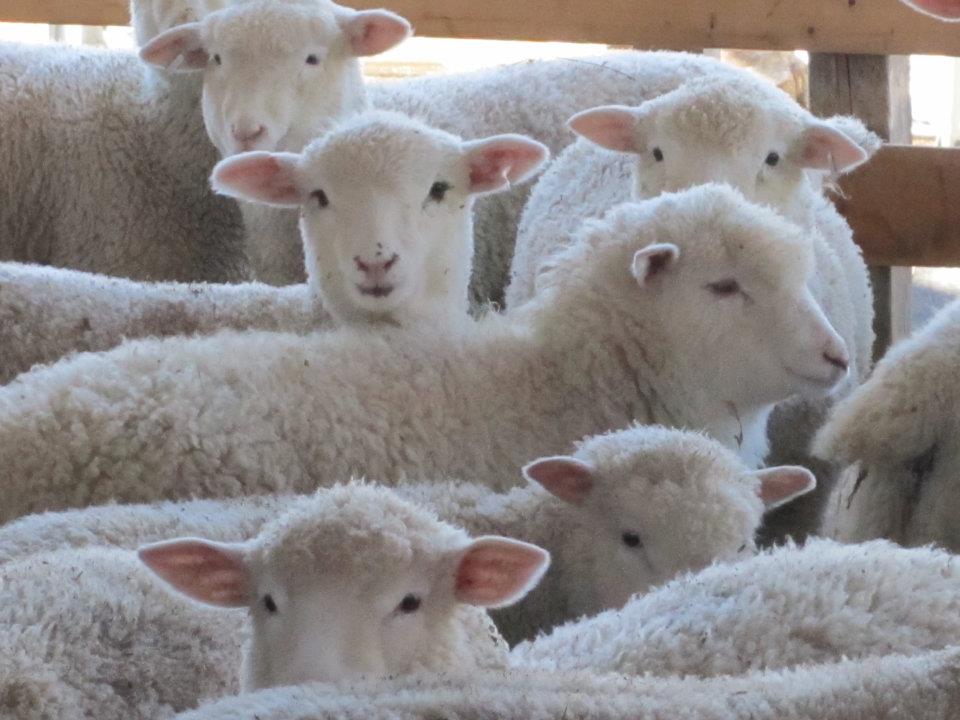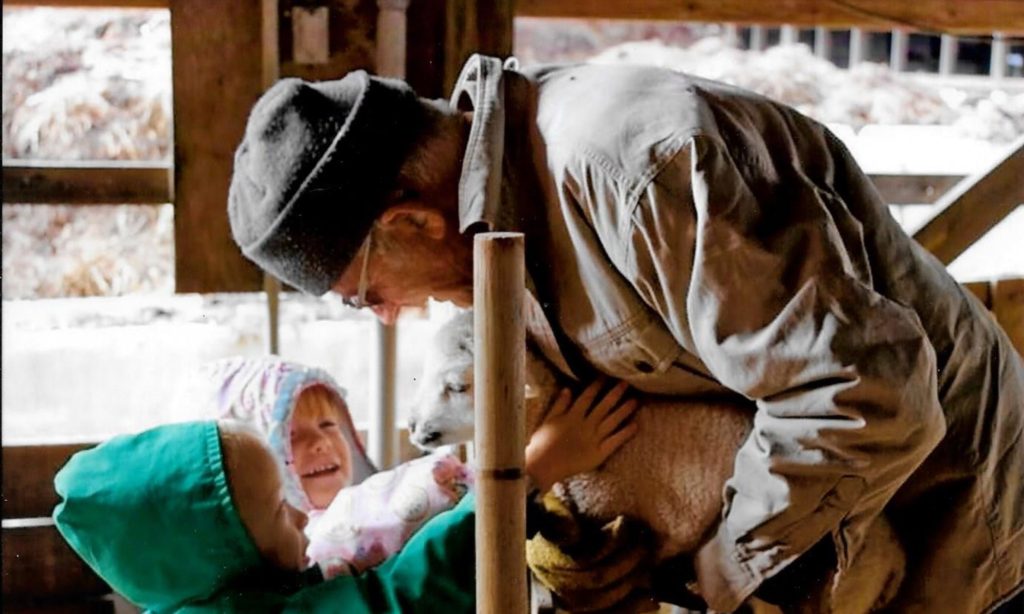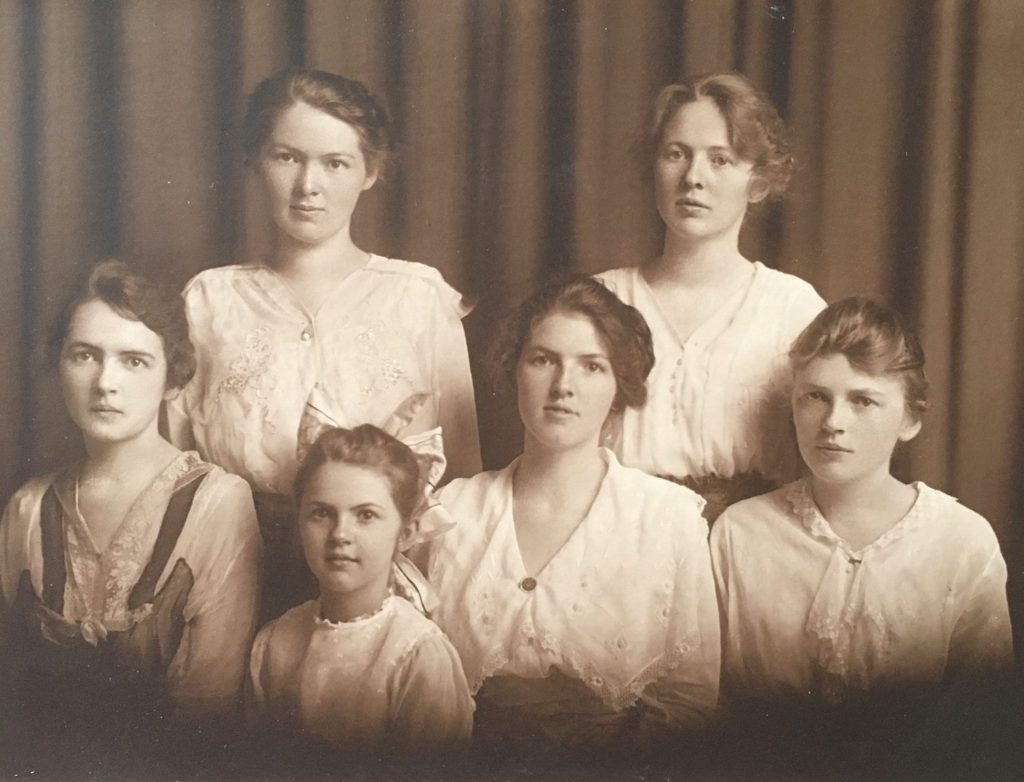We’ve returned from another hiatus at our family cabin on the northern shore of Lake Superior. My extended family–brothers and cousins and their families–will arrive all summer in shifts, some unable to stay the full, allotted week, but most willing to make the day-long trek to step back in time.
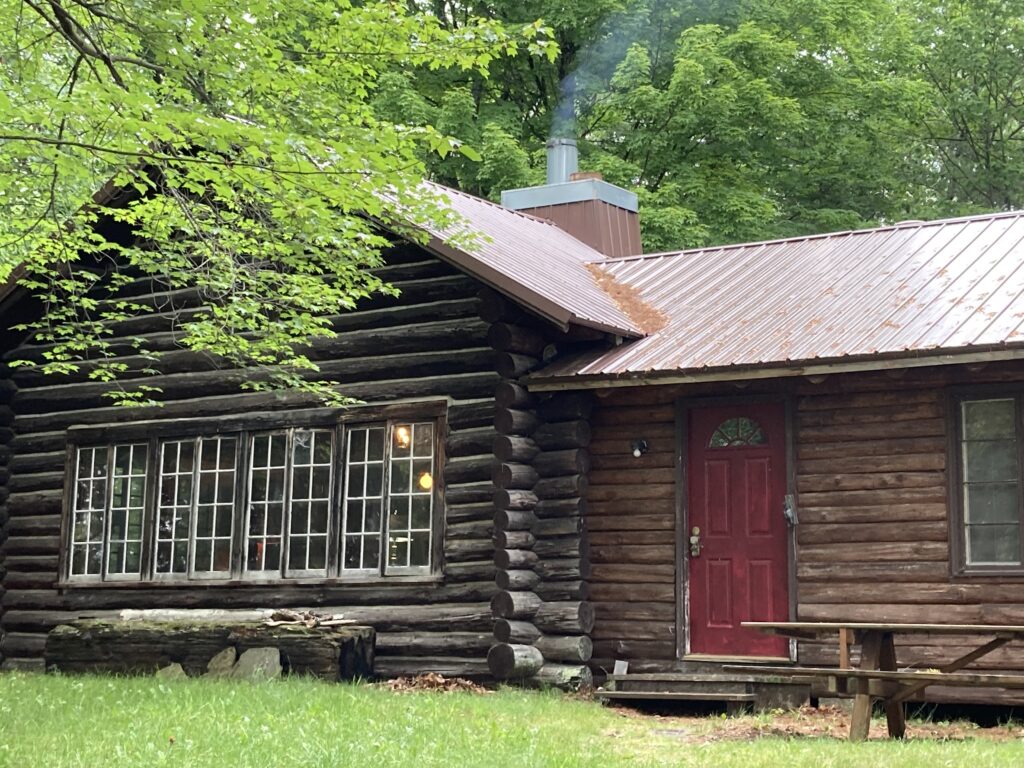
Nothing changes up there. The shorelines are free of condominiums and resorts; rustic family cottages and a few year-round homes peek through the pines and birches along the river and lakeshore.
The river water–amber from the tannins deposited upstream–empties into the bay, where the water is clear, revealing ripples in the sandy bottom from the ever-present waves.
Our sandy shoreline is peppered with driftwood randomly deposited during winter’s storms and strong winds.
This beautiful old place has been in our family for nearly 90 years. I am so thankful and do realize how lucky we are. Evidence of our grandparents’ thrift and resourcefulness remain, as do the memories of Grandma’s blueberry pies and Grandpa’s cheerful morning whistles.

Old, galvanized water tubs hang on the cabin walls. Pieces of an old wringer washing machine hide under some leaves. We still use chipped plates and glasses, worn and familiar, that came from our grandparents’ home. The whole place is like a private trip down memory lane.
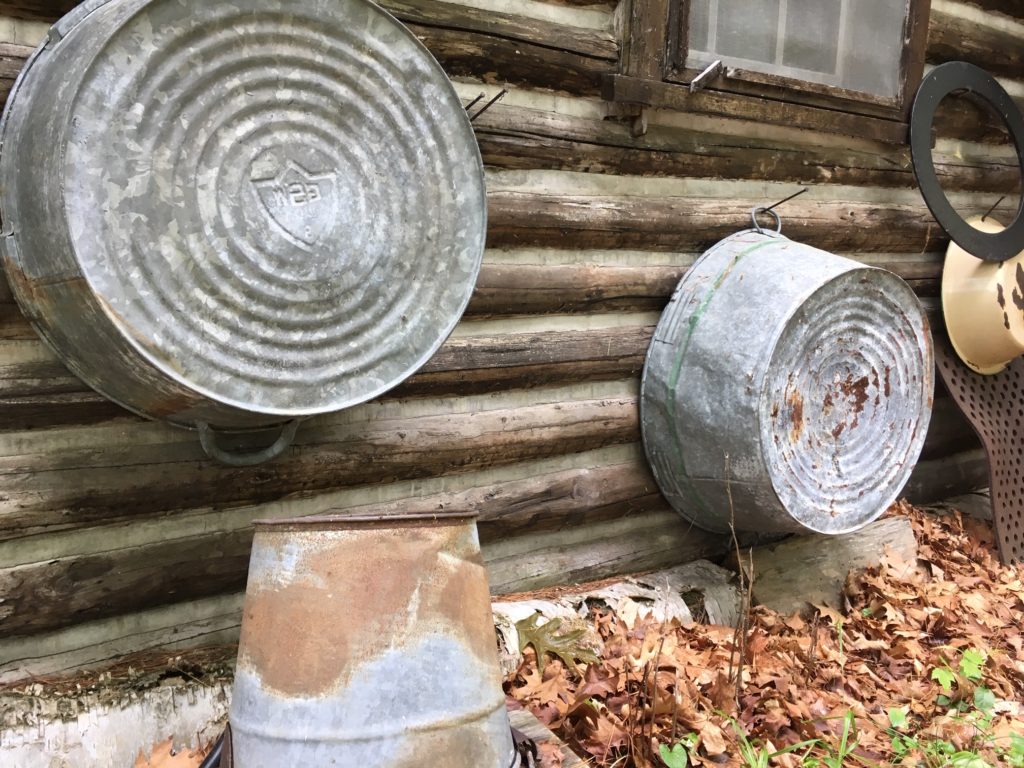
The youngest generation enjoys the same things my mother and uncle did as children: fishing in the river, swimming in the bay, roasting marshmallows and hot dogs on an open fire, even feeding the chipmunks.
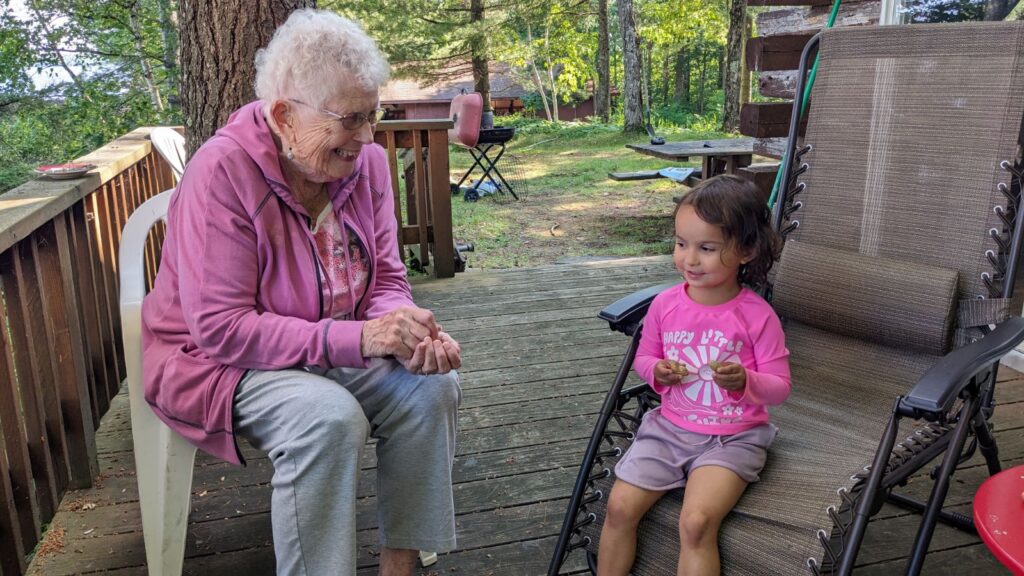
Nine families now maintain and visit, an important part of each family’s traditions. It will take much more than funds to keep it going. It will take patience, flexibility, and gentle communication to create a lasting plan for the future.
But because of our shared memories, our shared love of the old place, and, of course, our shared DNA, I am hopeful that our precious time in this place will continue.
It’s a Fine Life.
